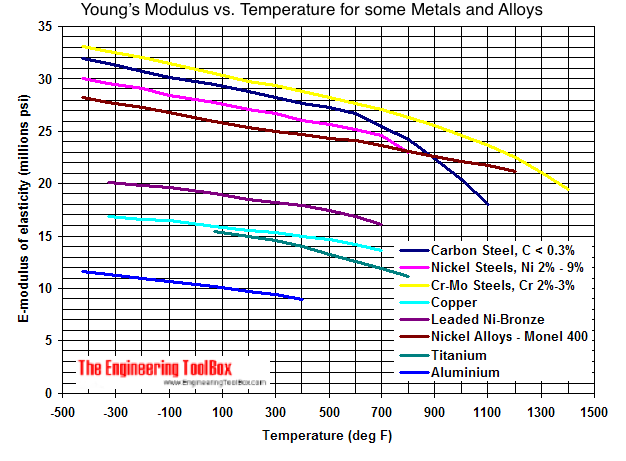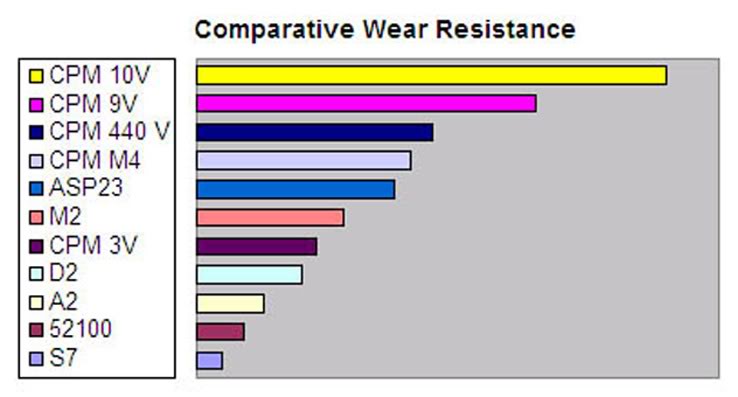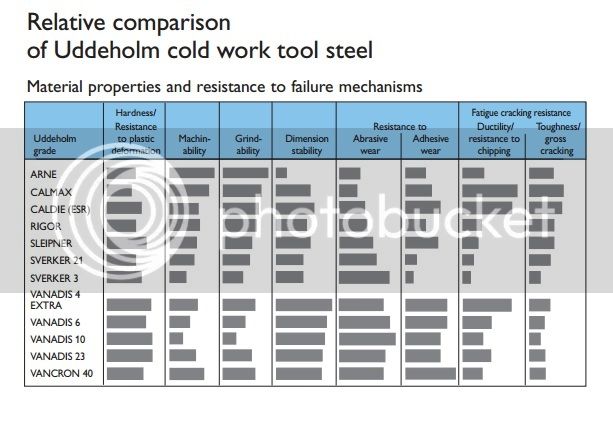custard
Established Member
Cheshirechappie":12n75a0l said:custard":12n75a0l said:I don't normally join sharpening threads, but I would say that I've often noticed that the first few sharpenings of a new tool rarely bring it up to it's best. Furthermore, if I've nicked a chisel or plane iron and have to grind it right back then the same thing occurs, where it takes a couple of rounds of honing before the tool is again singing.
I wonder if the act of grinding an edge might have an adverse effect on the steel, and it requires some of the surface metal to be honed away (more than you'd normally remove in a single sharpening session) before it's optimised? Possibly some micro bluing that isn't actually visible to the naked eye (although I've experienced exactly the same thing from a cool running Tormek as well as a high speed grinder)?
This is conjecture, but if it's correct it would explain why you need to work with an edge tool for a while before discovering what it's really capable of (so all those "instant" reviews that get posted of new tools are especially useless). Furthermore it's another reason to avoid grinding right to the edge, and to try and preserve the edge by only grinding to within a mill or half a mill away from the actual cutting edge.
In industrial grinding practice, there is a phenomenon known as 'micro-cracking' which is a particular problem with harder materials (like hardened tool steels).
What happens is that the grinding generates very high temperatures very local to the action (we're talking microns here, not something you detect by keeping a finger near the tool edge whilst it's on the wheel). That causes the metal close to action to both expand (outwards), and soften, becoming slightly plastic - the bulk of the metal behind doesn't get enough heat for either to happen to any degree. The wheel passes, and the edge cools very fast, contracts, and loses it's plasticity, but can't entirely contract back to where it was because the bulk of metal behind it won't move to accomodate it. Consequently, tiny cracks form along the edge (or surface of a piece in a surface or cylindrical grinder). It's almost impossible to grind this damage away, because the localised heat applied by the grinding process just makes the same thing happen again.
In industrial practice, forced flood cooling is used to carry off the heat as it's generated (dipping in a can of water won't do!). In the woodworking situation, honing (far less heat) slowly abrades off the damaged bit. Thus, an edge straight from the grinder and honed once may seem brittle, but the brittleness disappears over three or four honings.
I'm not sure whether that's the only explanation, or whether other factors are involved, or even if it's completely irrelevant. It does seem to fit the symptoms, though.
From the practical point of view I think the practice of not quite grinding right to the edge should avoid the problem. Micro-cracking will still happen further up the bevel where it's ground, but it won't do any harm up there away from the cutting edge.
That's interesting, thanks for that.


































